
While ships sailed west in search of new continents, the Ottomans remained focused on the world within reach. Their empire expanded in many directions, but never across the Atlantic. This wasn’t a historical oversight—it was a result of how their priorities, resources, and circumstances aligned. Here’s why the Americas were never part of their story.
The East Was More Profitable
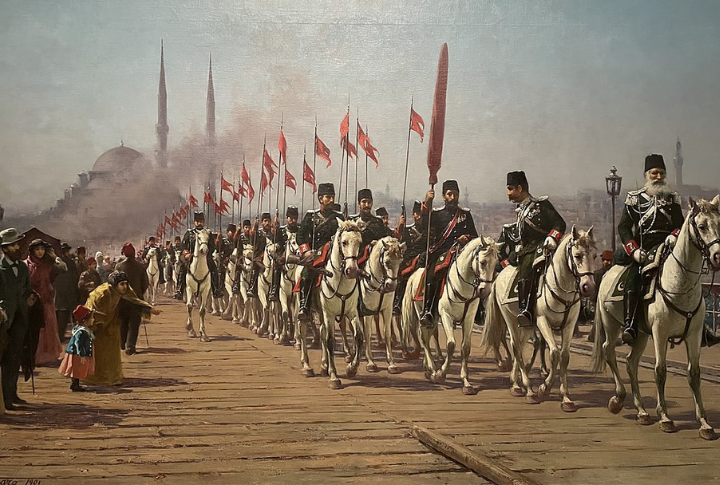
Controlling the Silk Road and major land routes across Asia brought the Ottomans immense wealth and influence. By dominating caravan hubs like Aleppo and Baghdad, the empire positioned itself at the center of east-west commerce. The land-based economy worked in their favor, reducing the need to risk resources on uncertain ocean crossings.
Europe Dominated The Atlantic

Ottomans never had a chance to dominate the Atlantic when Portugal and Spain had already carved up the ocean with the Treaty of Tordesillas in 1494. Backed by papal authority and maritime power, these two countries controlled most of the Atlantic trade and essentially locked out outsiders from westward adventures early on.
Expansion Prioritized Nearby Lands
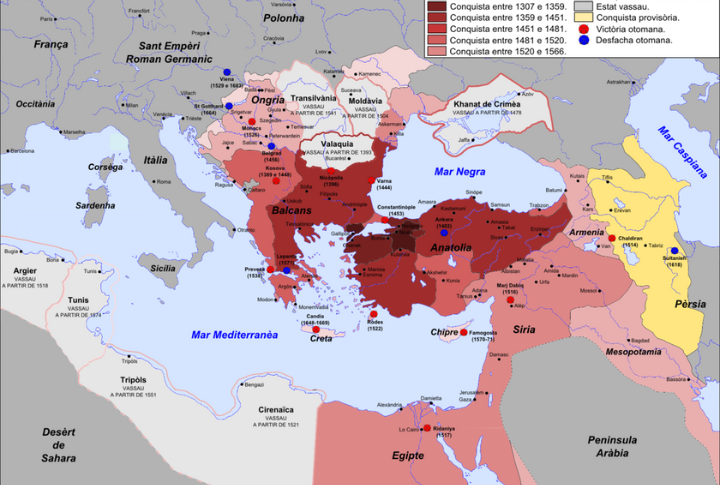
There was little reason to gamble on distant seas when power was rapidly expanding in the Balkans, followed by gains in North Africa and the Middle East. Each region came with tangible resources. The terrain was familiar, and the unknowns were far fewer than what the Atlantic posed.
Colonization Was Not Their Goal
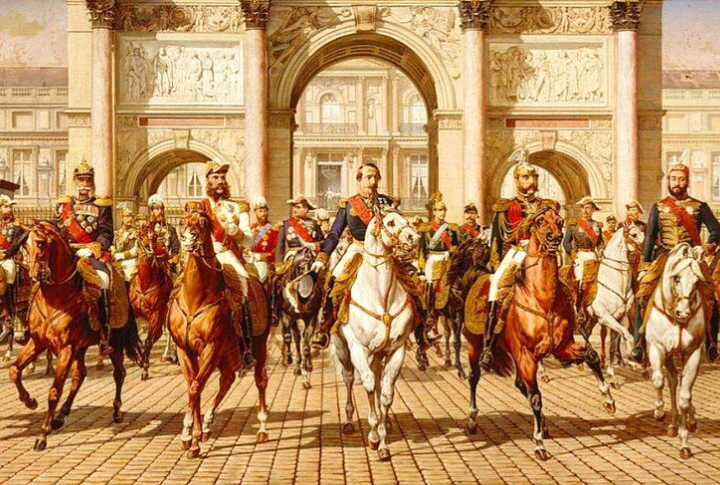
Unlike European colonial empires that sought distant lands to exploit and settle, the Ottomans followed a different path. Their expansion focused on absorbing existing populations into a centralized administrative system. There were no Ottoman pilgrim ships sent to “civilize” foreign territories—they expanded through military conquest and structured governance, not colonization.
Naval Power Was Built For Short Seas
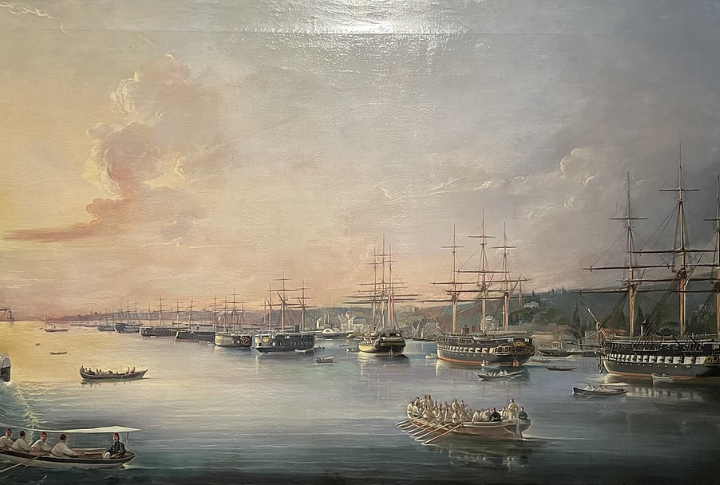
Ottoman fleets were designed for the narrow, turbulent waters of the Mediterranean. Their galleys relied on oars and sails, ideal for short-range maneuvers. Crossing the Atlantic demanded sturdier ships and long-range navigation, areas the Ottoman navy didn’t invest in.
Religion Influenced Their Direction
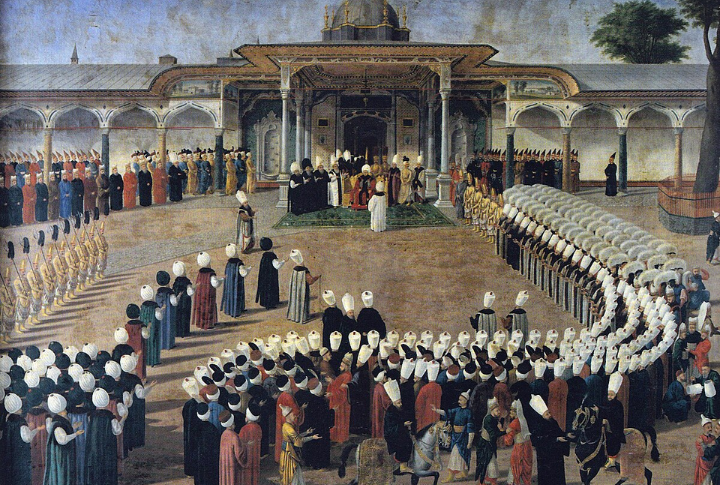
As the empire’s Islamic identity solidified, expansion leaned toward regions with shared religious ties or strategic Islamic influence. The Christian identity of the Americas and their distance from Islamic territories made them an unlikely target for Ottoman political or religious expansion.
Wars In Europe Took Resources
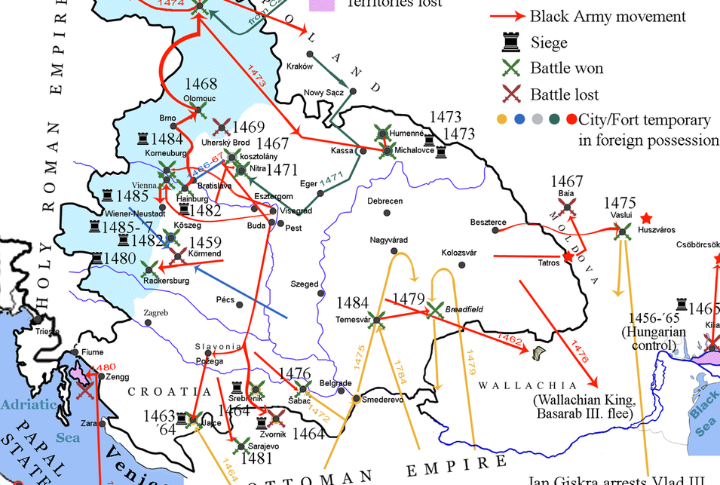
Ottoman forces spent much of the 16th and 17th centuries fighting in Europe, from the Austrian frontiers to campaigns in Hungary and Russia. These wars absorbed manpower, assets, and leadership. Expansion priorities stayed on land, where power could be projected through borders, not oceans.
Managing The Empire Took Priority
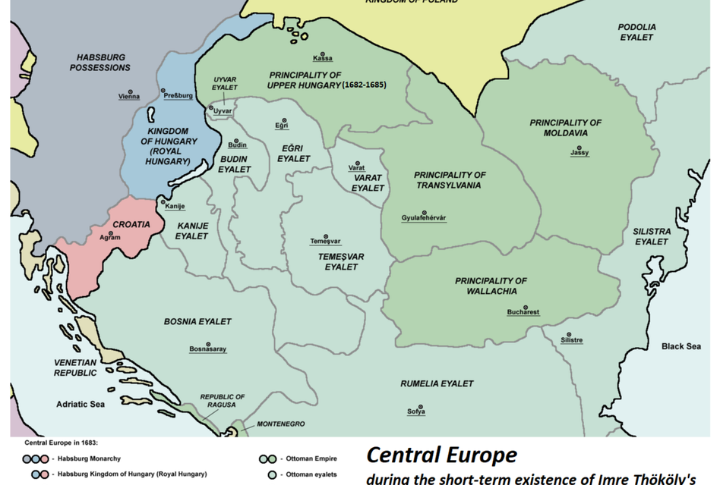
At its height, the Ottoman Empire stretched from Central Europe to the Arabian Peninsula. Managing such a vast territory already strained its resources, with frequent unrest and administrative complexity. Transatlantic expeditions required coordination and distances that the empire was not equipped to handle.
No Naval Bases In The Atlantic
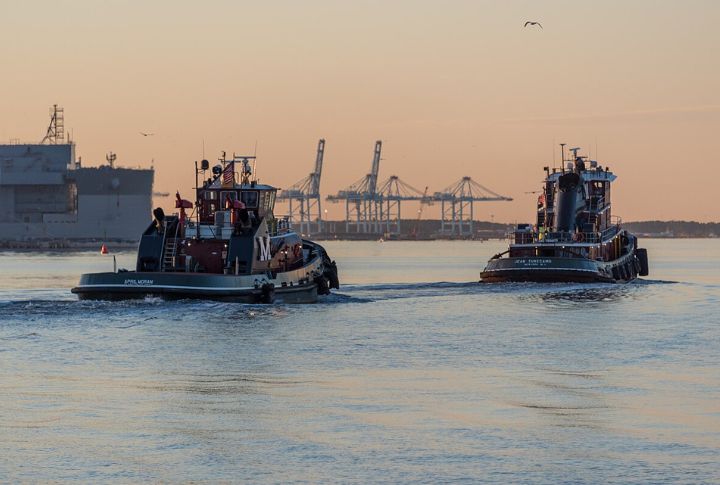
The empire lacked ports or colonies along the Atlantic coastline. Unlike some European countries, which had access to the western edge, the Ottomans were cut off from direct Atlantic launching points. Without a physical foothold, long-distance maritime expeditions westward were logistically impractical from the start.
Scientific Navigation Lagged Behind Western Europe

While the Ottomans excelled in architecture, law, and military strategy, advancements in oceanic navigation did not match those of Western Europe. Tools like the marine chronometer and innovations in cartography were slower to reach Ottoman institutions. Outdated tools meant ocean travel carried too much risk and too little accuracy.

